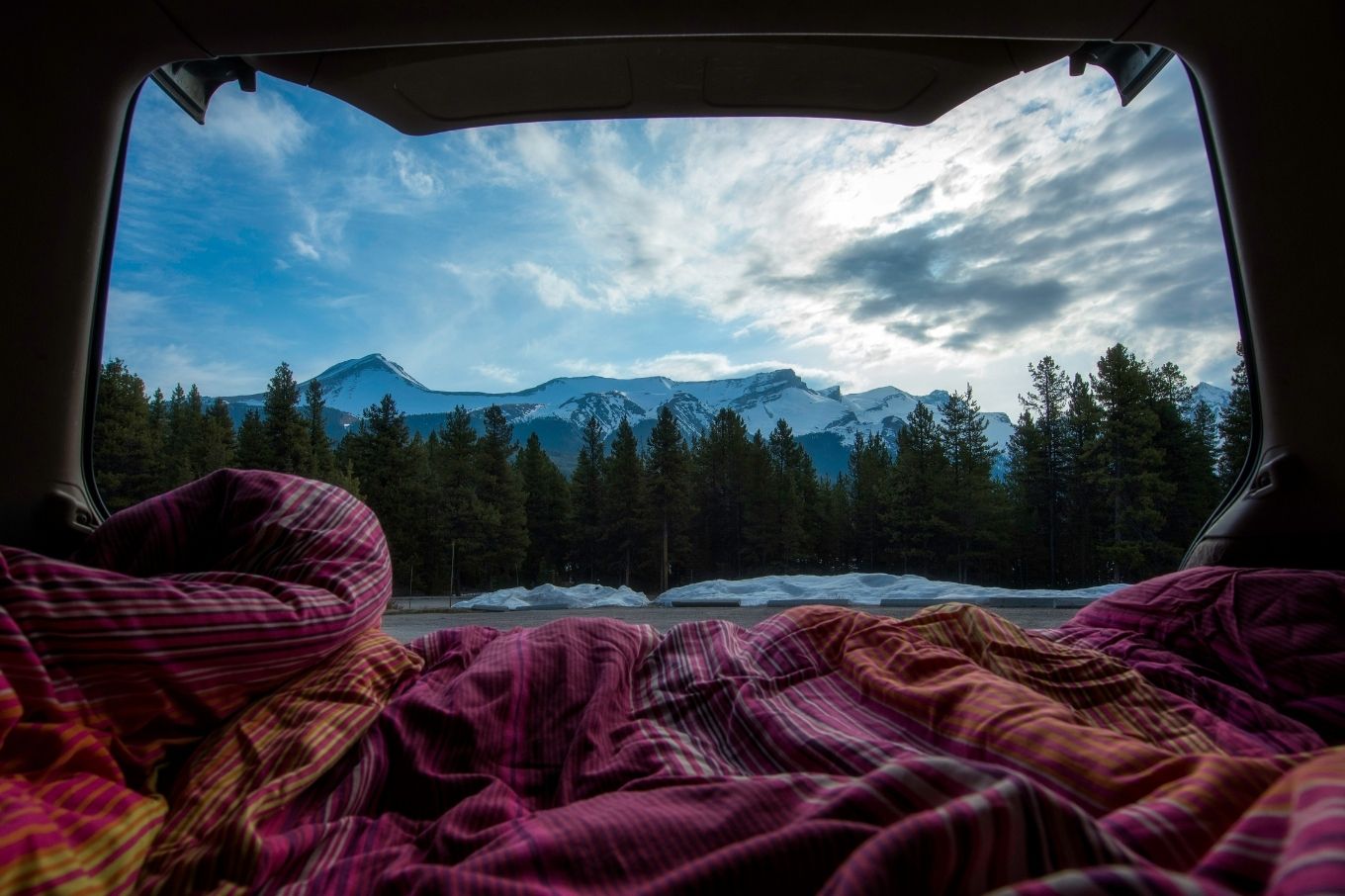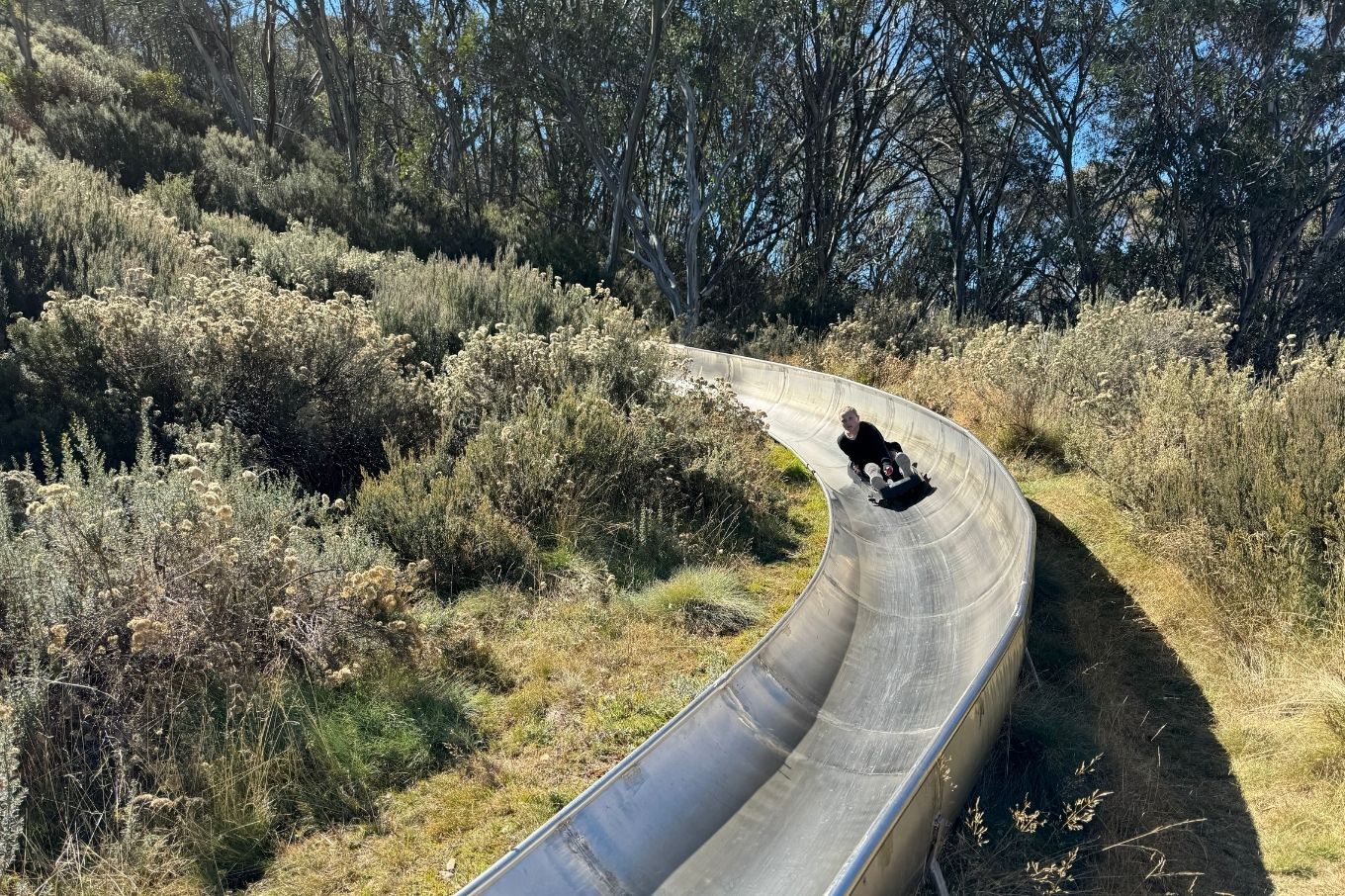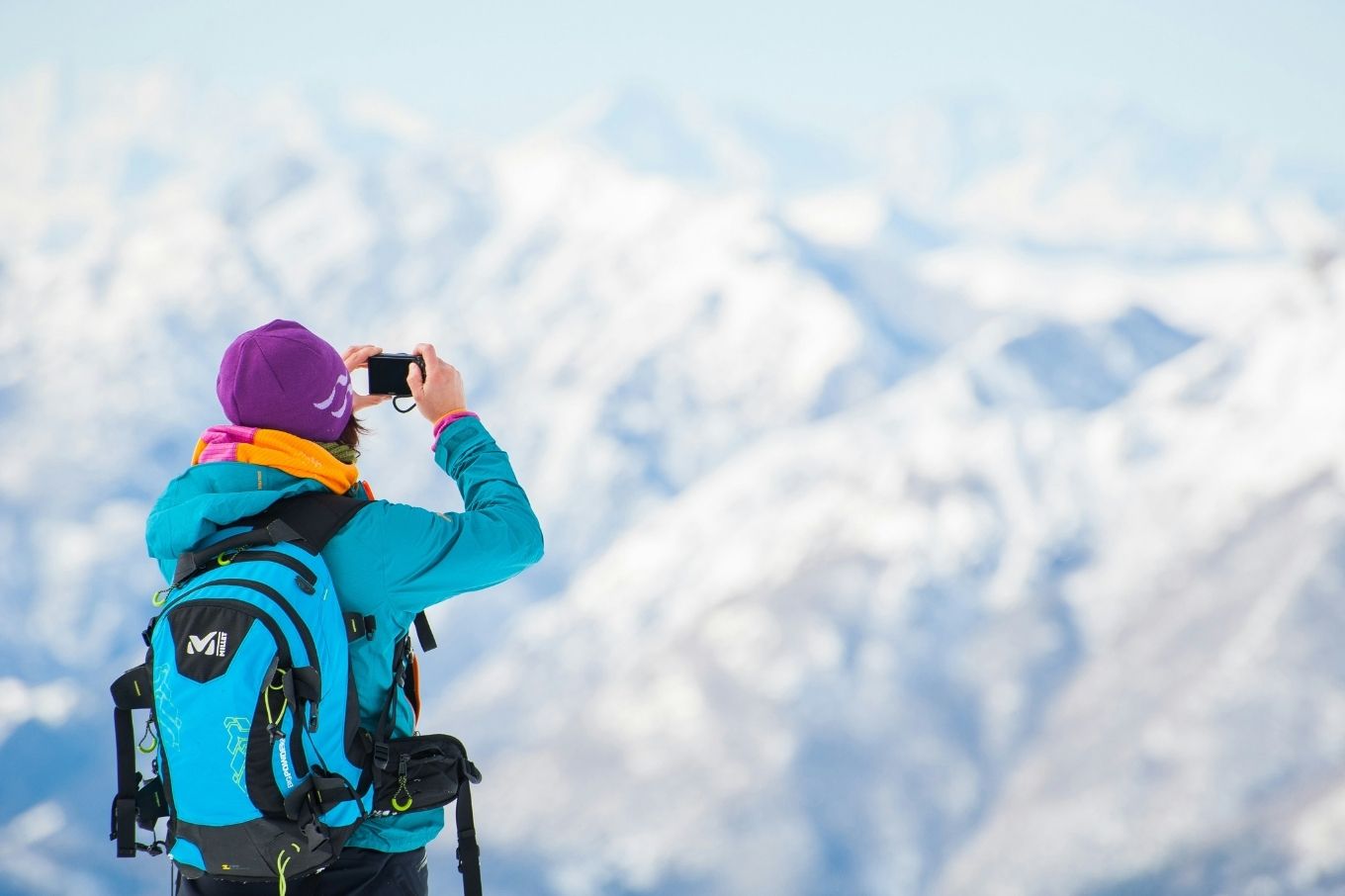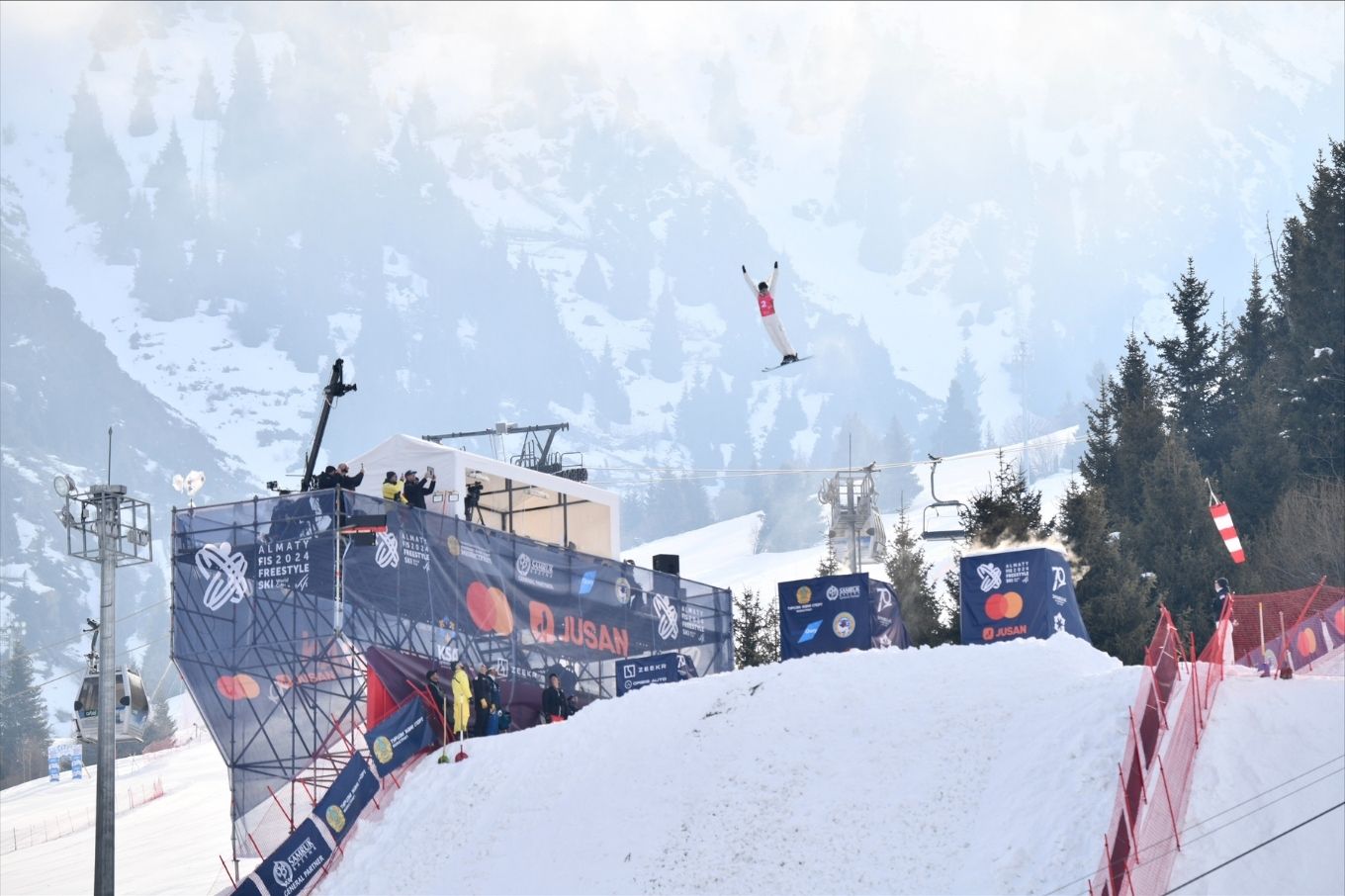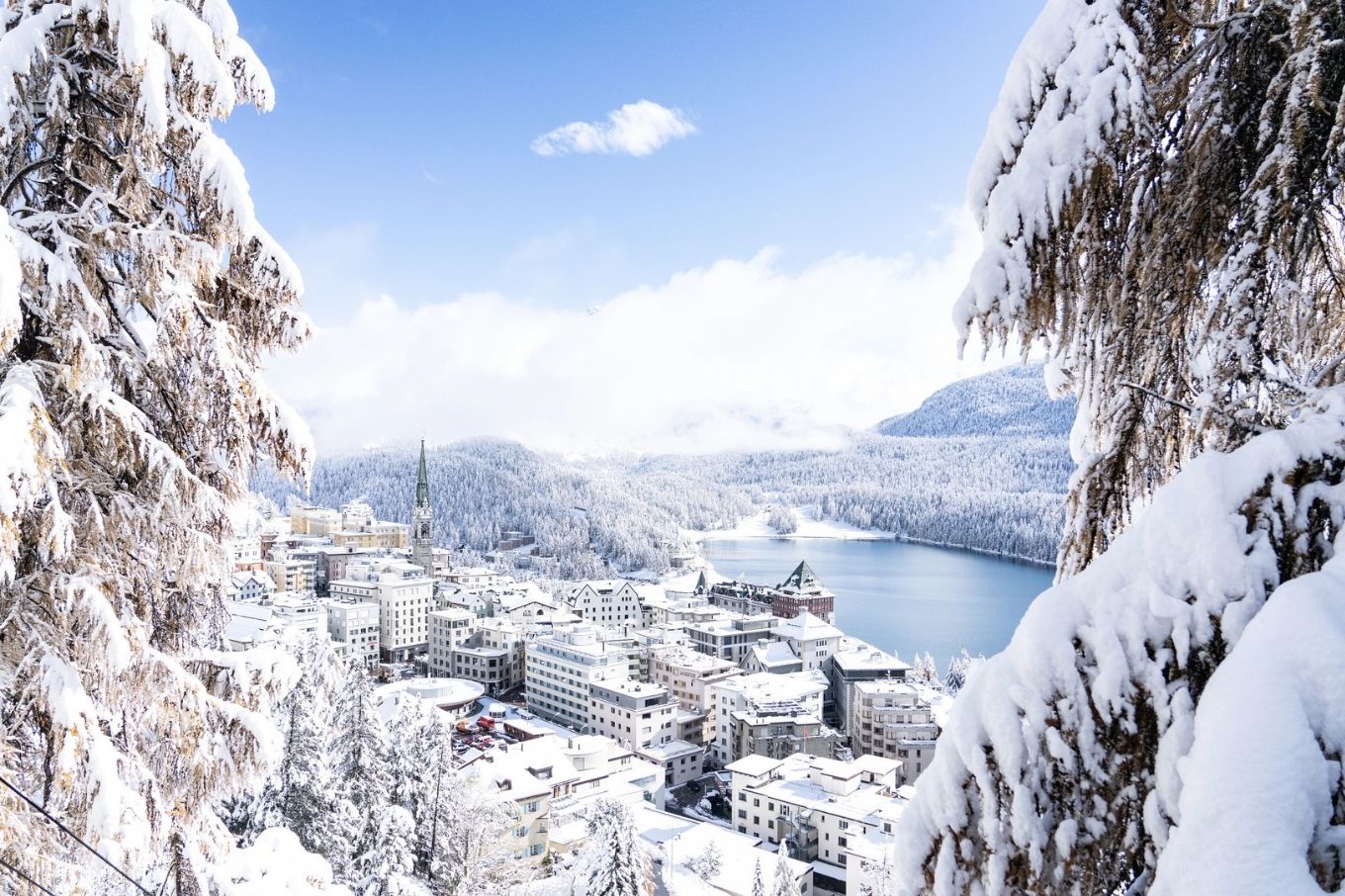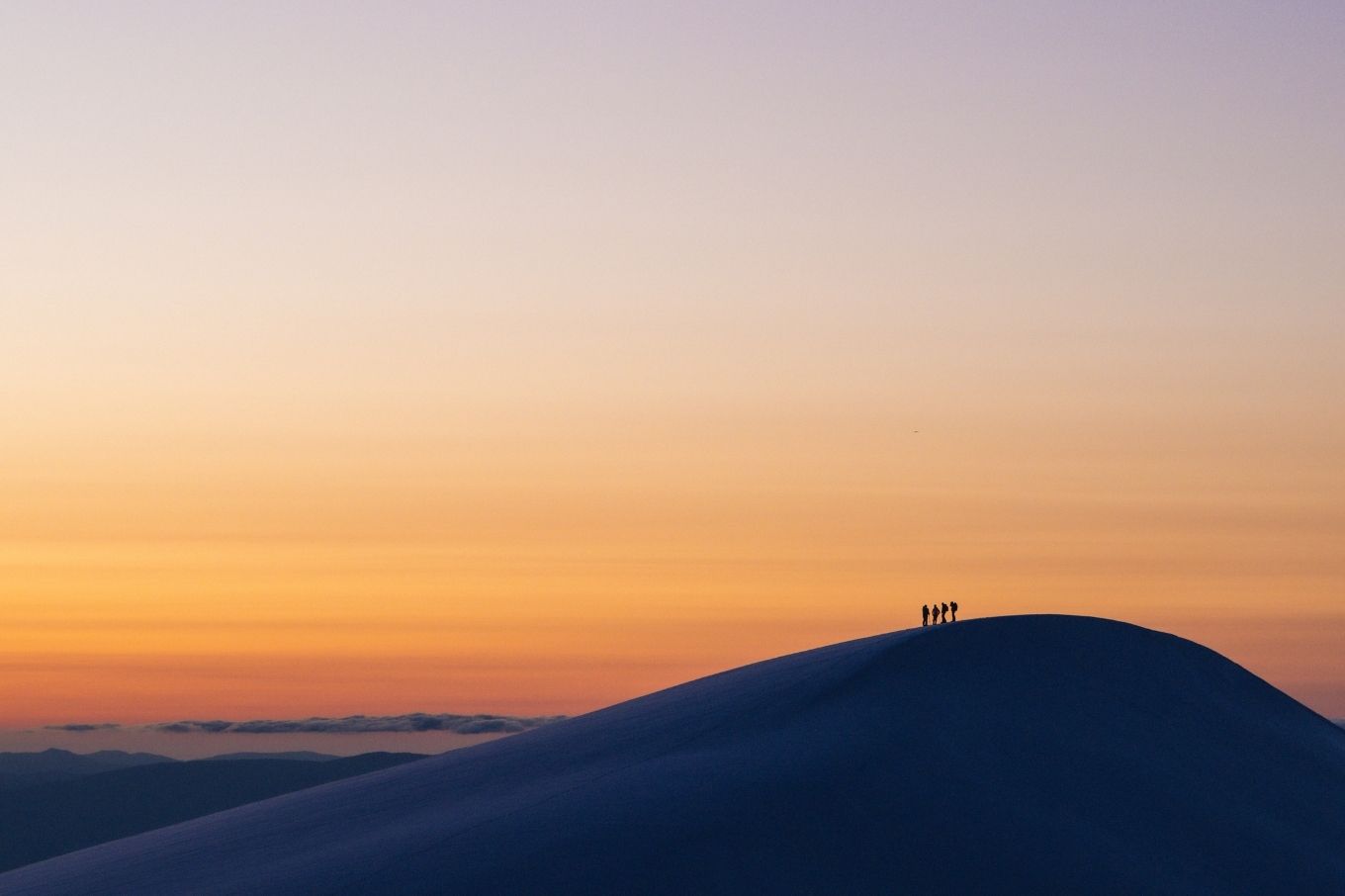Perisher Epic Australia Pass lowest rate ends tonight!
Perisher Epic Australia Pass lowest sale rate for 2017 at home and 2017-18 American season ends tonight, Sunday, at midnight. So it’s a good time to reflect on what value you actually get for that – never mind the American resorts included, $759 to ski all season at home is amazing value.
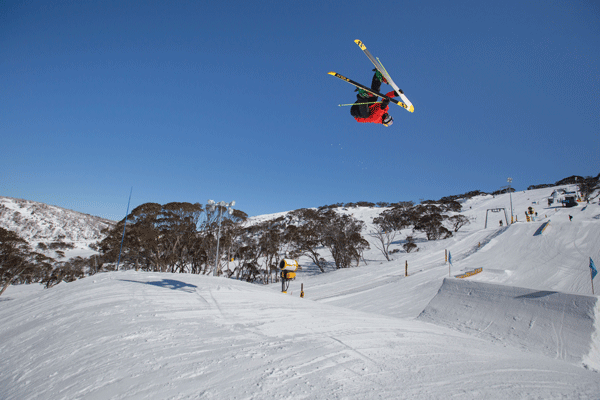
You don’t have to go as big as Russ Henshaw to enjoy Perisher © Perisher
Consider the efforts Perisher go to to make the experience as good as possible – remember June Long Weekend after a warm autumn made snowmaking tough? They still managed to crank up a carpet lift and a little park feature as well on day one of the season. We soon got lucky with good snow dumps ahead of the school holidays and the season was pretty good, always with max back up from snowmaking, snow farming and an incredible grooming effort to make the most of whatever snow there is.
As a Perisher skier for over 30 years it’s night and day compared to what we used to pay a lot more for back in the day.
So get onto to this link to check out details and grab your pass for next year for $49 upfront, balance due June 1, 2017.
Rather than bang on about the Perisher Epic Australia Pass benefits let’s revisit our cover story interview with Perisher’s #1 export to the world, Russ Henshaw, who has also been instrumental in spreading the word and getting the world’s best skiers & riders down under to train there. The word has spread – hitching down from Cerro Catedral in Argentina the other day the local snowboard instructor who gave me a lift was raving about the Perisher park – it’s world famous now.
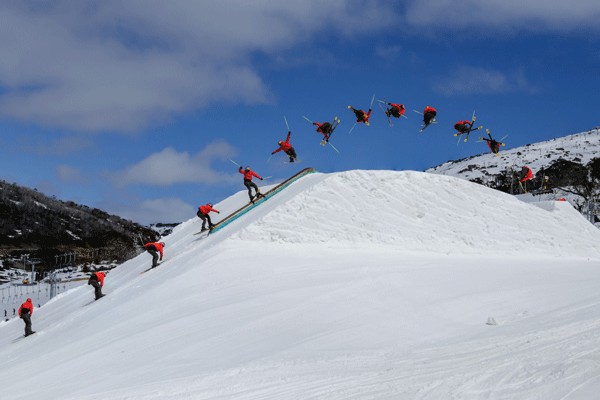
Double cork 1170 onto rail nailed by Russ Henshaw © Perisher
Nobody has done more to put Aussie skiing on the world map in the past 20 years than Russ Henshaw. He’s only 24, but he’s been making our pages look better since 2009 (thanks mate!), and was the only option for our 20th Anniversary issue front cover after his amazing rails first at Perisher last season. The clip of that had clocked up nearly 400,000 views as of early April, when we caught up with him, sadly yet again recuperating from injury, a broken collar bone that ended his season.
How did that happen?
It was my last day of training at Whistler. I was riding with Charles Beckinsale [park build guru for Perisher, Whistler, the planet], who’s a really good friend, essentially my brother-in-law, and a couple of other friends. The feature at the bottom of the park was kind of like a multi-direction feature. He did it one way and was coming out, and I hit it the biggest way I could, but he was coming across where I was going to land. A split second difference would have changed the whole outcome, but I clipped him as I was coming into land, it took my feet out from under me, and I went onto my shoulder and did my collar bone.
Did he build the feature, it’s his park there right?
Yes, it was his park. It was a super fun feature. We’d been riding it all day with no issues. It was no one’s fault. It was the definition of an accident, usually when I crash I know what I did wrong.
Everything else was strong, your legs all good?
Yes, everything else was fine. Just the collar bone gave way. There was a fair bit of impact, I hit him going really fast, he was knocked like 20 or 30 feet down the hill. He got out of it fine, except he was black and blue from the neck down to his hip.
So you’re looking forward more than usual to the season?
Yes, can’t wait. I had heard stories about people coming back skiing in 3 or 4 weeks from a collar bone, but I couldn’t. I’m only just now after 7 weeks starting to feel normal-ish. After 4 weeks I still couldn’t lift my arm past 90 degrees.
Are there many Southern Hemisphere events you’ll do?
I’m looking at doing 3 events, the Mile High, I think there’s a World Cup in New Zealand, and the One Hit Wonder.
Are you doing some Big Airs again? They used to be your bread and butter winning those stadium ones.
I’m planning to do a few, I never count them out. When the Olympics came around I made the conscious decision to focus on slopestyle rather than split my time. Big Air is kind of getting a bit gnarly, it’s getting ridiculous.
Like X-Games this year, with the heavy snow making the jump so slow and dangerous?
Yes, my good friend Elias (Ambuhl) hurt himself. I like how slopestyle there’s still that creative element, you can choose a different line to what everyone else is doing, whereas big air it’s coming down to who can add the extra flip or 180 or whatever it is.
Going back to last year, the rail thing, what was it, what was the motivation for doing it, and how hard was it?
It was a double cork 1170, between a 1080 and a 1260, three and a bit rotations. I’ve thought about it for ages, the last 5 or 6 years. I’ve been able to do the double cork 10 and 12, they came really natural to me. So I’ve thought I could really do it, it’d be dangerous, but I could do it.
But then when we got it all sorted, it was one of those things where I showed up, I looked at the set up, and thought, “What have I got myself into?”, thinking about if I crashed and landed on my back on the rail or whatever.
I worked with Charles on the feature, so we built the jump first. We made the jump so it was a slight step over, so you come in with minimal impact. Then after we tested it we made slight changes to further reduce the impact. Then after that I had a couple of hours one day where I did three double cork 1080s and three double cork 1260s and marked the landings. Then we got the rail and put it right in the centre of all the marks where I had been landing, which were only a metre or two wide the difference between them.
Then I think it took me 5 attempts to do the trick. I tried to block out all the bad thoughts. The thing I was more scared off than landing on my back or anything was, especially with the knee injuries I’ve been through, my ski coming around out of the trick and going underneath the rail, at that speed. It was definitely scary, but it all worked thankfully.
Thomas (Waddell) said that everyone was watching it and you just did one run for a speedcheck and then nailed it.
A couple of my mates said it was very anti-climatic.
For them!
(laughs) For them exactly, they all came to watch. I think they were ready to see a bit of a battle between man and trick, or man and rail. But it didn’t happen, sorry guys.
You were the first person ever to do it, has anyone else done it?
One guy did a double back flip 90 to a box, but I’m still the only one to do it to a rail. It’s a special kind of feature.
It’s not the kind of thing you’re going to try at home kids, you worked hard with Charles to get everything perfect.
Yes, it’s a custom set up. You never know, they might do these set ups in an event down the track, but it’s a special feature. In the general parks, like Perisher or Breck, there’s never been a set up like that.
In an event situation, like X-Games, Dew Tour, whatever, every year it changes, so how much of a go do you get to work out what you are going to do, how many training laps can you get in?
X Games is good, there’s usually like four days of training. Dew Tour there’s just one full day, with everyone training at once, mens, womens, ski, board. Then a day or two before the event you get a half day to familiarise yourself with the course.
Some events you go to it’s only like 30 or 40 minutes training, and then go and do your run. Scary.
And World Cups you get less time?
Definitely, because there’s more people. Like in Mammoth this year there were 85 just in men’s ski. They did the best they could with weather, the original schedule was half a day training, then 30 minutes before our heat would start. So you get like three and a half hours to figure it out.
How many laps would you get in that?
At Mammorth a lot, it’s a fast lap. But some places where the lap is a lot longer, like Copper, in the 30 minutes before your heat you only get 2 laps, unless you’re really quick and get up there early. Not a very luxurious training schedule.
So do you have a bunch of tricks up your sleeve you know you nail, and then when you assess the actual course you pick which you’ll do where?
Most of my jump tricks are dialled. The jumps are always different, but you know you can do similar or roughly the same tricks, and you’ve also got to have variance in your jump tricks because you need to work your run around the rails. Or I do anyway. Say the last feature in the course is a rail, I work from that rail back to the last jump to work out what I’m going to do on the jump, or all the jumps it kind of dictates. So if I want to hit the rail forwards then I’ve got to do a trick on the last jump that will land me forward, a switch dub 12 or a dub 10 or something like that, and depending what I decide to do dictates the one before and so on.
Have you got a good coach?
I’m self coached.
Watching Jossi Wells when he won X-Games slopestyle this year with his dad as coach in his ear must help him. Good for the old guys to get a win too.
I’m stoked for Jossi, he killed it. I was watching in Canada on the live stream. Yes, he’s a month older than me, I stir him up about that.
You’re fired up now to get back into it.
All I want to do is go skiing.
Like Russ, you can ski all season next year at Perisher for $759 if you’re quick to grab the Perisher Epic Australia Pass at the lowest rate.
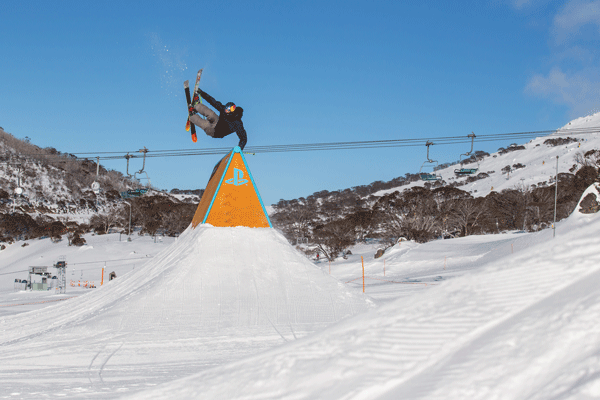
World class parks are just one part of the world class product you get at Perisher these days © Perisher

